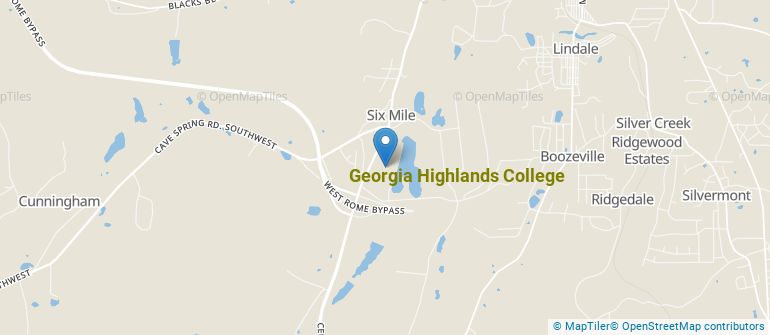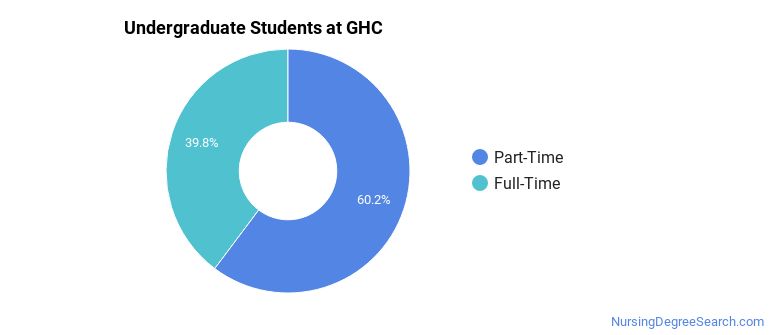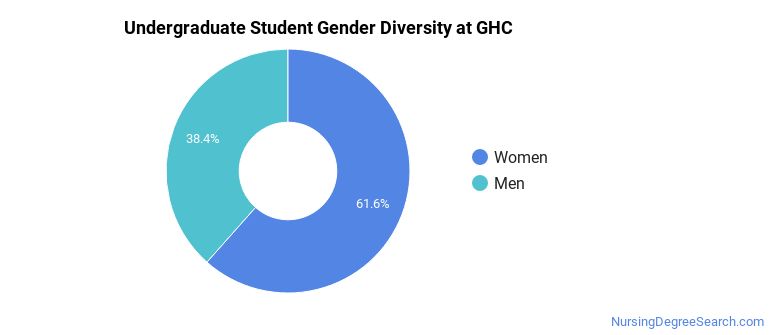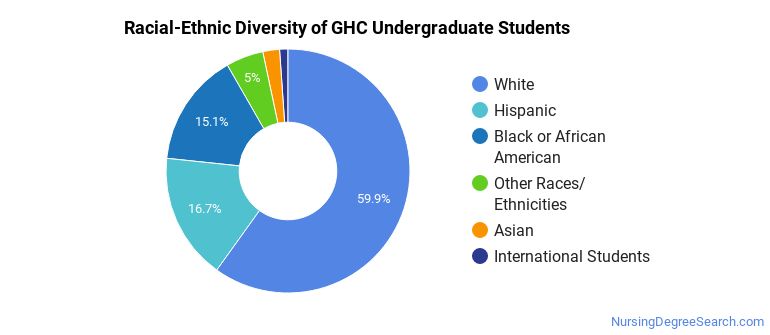Georgia Highlands College Nursing Programs
Georgia Highlands College is a public institution situated in Rome, Georgia. Rome is considered a suburb and offers tranquility and safety near the excitement of a city center.
Where Is Georgia Highlands College?

Contact details for GHC are given below.
| Contact Details | |
|---|---|
| Address: | 3175 Cedartown Highway, S.E., Rome, GA 30161-3897 |
| Phone: | 800-332-2406 |
| Website: | www.highlands.edu |
How Do I Get Into GHC?
You can apply to GHC online at: https://www.highlands.edu/how-do-i-apply/high-school-applicants/
Can I Afford Georgia Highlands College?
Student Loan Debt
Almost 66% of college students who graduated with the class of 2018 took out student loans, but that percentage varies from school to school. At GHC, approximately 14% of students took out student loans averaging $4,446 a year. That adds up to $17,784 over four years for those students.
Georgia Highlands College Undergraduate Student Diversity

Gender Diversity
Of the 2,258 full-time undergraduates at GHC, 38% are male and 62% are female.

Racial-Ethnic Diversity
The racial-ethnic breakdown of Georgia Highlands College students is as follows.

| Race/Ethnicity | Number of Grads |
|---|---|
| Asian | 50 |
| Black or African American | 340 |
| Hispanic or Latino | 378 |
| White | 1,353 |
| International Students | 25 |
| Other Races/Ethnicities | 112 |
Geographic Diversity
Georgia students aren't the only ones who study at Georgia Highlands College. At this time, 12 states are represented by the student population at the school.
Over 8 countries are represented at GHC. The most popular countries sending students to the school are Canada, Ireland, and Italy.
Georgia Highlands College Nursing Concentrations
The table below shows the number of awards for each concentration.
| Major | Associate’s | Bachelor’s | TOTAL |
|---|---|---|---|
| Registered Nursing | 82 | 34 | 116 |
| TOTAL | 82 | 34 | 116 |
References
*The racial-ethnic minorities count is calculated by taking the total number of students and subtracting white students, international students, and students whose race/ethnicity was unknown. This number is then divided by the total number of students at the school to obtain the racial-ethnic minorities percentage.
More about our data sources and methodologies.
